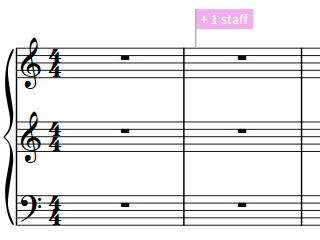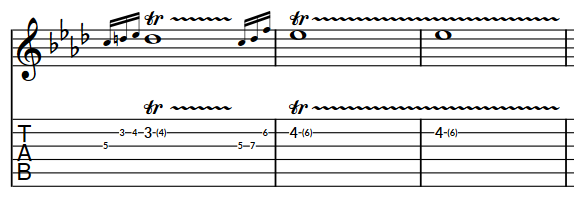
#Dorico glissando full
But if you want, you have full access to every single recording in the VSL (dynamics, phrases. Dynamics are fully automatically played back via velocity crossfade and various notated phrases (trills, measured tremolos. It covers all standard playing techniques and in addition implements various custom score symbols and directions based on standard musical conventions to conveniently control vibrato, realize divisi, access individual players or strings. Taking advantage of the vast amount of different recordings in the VSL it automatically selects the appropriate one - e.g. The Dorico Articulate Map strongly raises the bar, when it comes to the quality of score playback! Thereby, you don't have to use Midi events at all to select even special articulations. a strong 2s crescendo or a slow upwards glissando in C major). In addition to all standard attributes and directions, like pizzicato or legato, for articulations with many different versions you can even select each individual one by up to four self-explanatory attributes per note (e.g. The Cubase Articulate Map makes editing simpler than ever. Glissando lines without terminating note Dorico ZaraAli August 8, 2022, 4:43pm 1 Is it possible to have glissando lines that have no terminating note So there’s a starting note, and then a glissando connected to it that goes up.


offering all the possibilities available in a DAW!
#Dorico glissando pdf
Yet at the same time it allows you at any point in the score to manually shape the playback in all details. Dorico-CheatSheet-2 - Free download as PDF File (.pdf), Text File (.txt) or view presentation. The unique Dorico map relies on standard notation symbols and gives you the best possible playback for a given score - without any further editing. When recording the Cubase Articulate Maps even automatically encode the currently active articulation into the corresponding notes. There are different conventions regarding the playing techniques for glissando and portamento. They can have straight lines or wavy lines, and can be shown with a text indication or as a line without text. In Cubase there are even two distinct versions of the Articulate Map: one gives you convenient access to every single articulation version by self-explanatory attributes without the need for any additional Midi events, while the other allows you to shape the performance in detail via the powerful 3D-control. Glissando lines indicate a continuous transition between two notes, which can be smooth or in chromatic steps.

Both are created from scratch in order to take advantage of the unique features of the respective software. Both are very likely by far the most comprehensive Expression Maps ever created for the respective software! They are free for all users of Articulate Presets and offer you the best possible user experience for orchestral composition. Taking advantage of Cubase & Dorico's unique Expression Map feature, the Articulate Maps cover the entire VSL libraries.


 0 kommentar(er)
0 kommentar(er)
